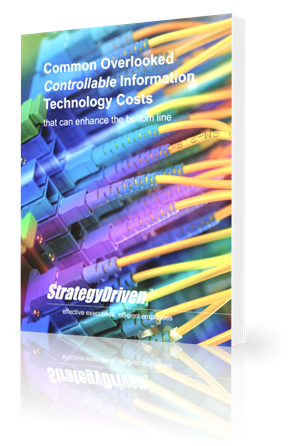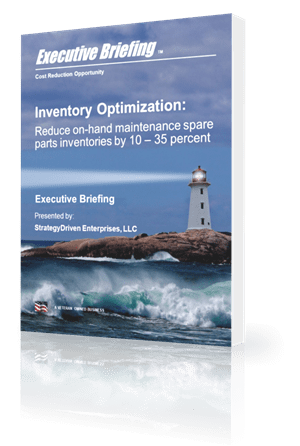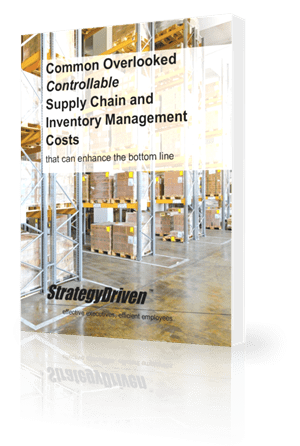Enhancing Recruitment Efficiency In a Fast-Changing Job Market

In today’s fast-paced business world, mastering streamlined hiring strategies is more critical than ever. Businesses across various sectors are constantly challenged to attract top talent while dealing with the overwhelming demand of a competitive job market. Crafting an efficient regimen enables companies to save valuable time and resources and ensure they secure the best fit for each role within their team.
Despite these advantages, many recruiters confront numerous obstacles, from sourcing qualified candidates to ensuring long-term retention. As the challenges continue to evolve, it becomes imperative for businesses to re-examine and enhance their hiring strategies, thereby ensuring every procedural step aids in achieving their broader organizational objectives.
The Need for an Efficient Hiring Process
A meticulous and well-structured recruiting regimen significantly impacts business efficacy and success. When companies strive to streamline their hiring practices, they can enjoy many benefits, including resource optimization, enhanced candidate experiences, and improved hiring outcomes. Conversely, approaches marred by inefficiency can lead to lost opportunities, increased turnover rates, and a negative ripple effect on overall company productivity.
Implementing an efficient hiring process transcends beyond the simple transactional nature of filling positions. It plays an integral role in cultivating a positive work environment, fostering cultural alignment, and positioning the company as a desirable employer in the industry landscape. Consequently, businesses must prioritize refining and adapting their recruitment methodologies to meet and exceed current and prospective employee expectations.
Steps to Streamline Recruitment
Define Clear Objectives
The foundation of any successful recruitment strategy rests on clearly defined objectives. By establishing specific goals and stringent criteria for each new role, businesses ensure alignment with broader business requirements. Engaging all relevant stakeholders, including team leads and current employees, enriches the hiring process with diverse perspectives, ensuring the role’s demands and expectations are comprehensively understood and addressed.
Leverage Technology Tools
The recruitment sphere has witnessed a technological metamorphosis, with automation providing unprecedented efficiencies. By replacing time-consuming manual processes, technology empowers hiring teams to concentrate on more strategic initiatives. For instance, Applicant Tracking Systems (ATS) have become indispensable tools, facilitating seamless candidate tracking, streamlined interview scheduling, and enhanced cross-team communication. These tools increase operational efficiency and ensure a smoother candidate journey from application to onboarding.
Utilize Data-Driven Decisions
Data analytics have emerged as pivotal allies in refining and optimizing recruitment strategies. By harnessing the power of data, hiring managers can identify procedural bottlenecks and devise solutions to enhance their overall approach. Metrics such as time-to-fill, quality of hire, and candidate satisfaction provide invaluable insights into the effectiveness of existing practices, enabling a strategically sound and data-driven recalibration of hiring methodologies where necessary.
Improve Candidate Experience
Today’s job market emphasizes the importance of the candidate experience as never before. An exceptional candidate experience—anchored in effective communication and prompt feedback—is paramount to attracting and retaining top talent. By streamlining interview stages and ensuring transparency throughout the process, companies can nurture a candidate-focused culture that leaves a lasting positive impression.
Establish a Strong Employer Brand
A robust employer brand stands as a key differentiator in drawing skilled candidates. Organizations can distinguish themselves in the crowded talent market by fostering a positive brand image that aligns with company culture and values. Successful employer branding initiatives attract high-quality candidates and play a crucial role in engendering strong employee loyalty and retention rates.
Foster Collaboration Among Teams
Cross-departmental collaboration can significantly bolster hiring results by broadening the scope of insights and expertise in recruitment processes. Businesses can craft holistic recruitment strategies that align with diverse organizational goals and needs by inviting teams from various disciplines to participate actively in the hiring process. Embracing a collaborative hiring approach ensures a more comprehensive evaluation of potential candidates and enriches the overall decision-making.
External Insight From Industry Leaders
Gleaning wisdom from the experiences and insights of industry leaders is invaluable in navigating the complexities of the recruitment terrain. Experts in the field advocate for embracing innovative recruitment practices to address the challenges presented by the evolving workforce landscape adeptly. For instance, a Forbes article on recruitment trends highlights key strategies for adapting to the post-pandemic labor market and underscores the essence of relentless evolution in hiring practices.
The Long-Term Benefits of a Streamlined Process
Efficient recruitment practices extend their benefits beyond short-term gains, laying the groundwork for sustainable organizational growth and success. A well-designed hiring process enhances employee satisfaction and retention, ensuring a stable and productive workforce. As companies continuously refine their hiring strategies, they create a self-sustaining cycle of attracting, nurturing, and retaining talent that propels the organization toward achieving its long-term goals.
Conclusion
Optimizing the recruitment process is a journey that demands deliberate consideration, strategic foresight, and continuous adaptation. By prioritizing efficiency in hiring practices, companies can meet immediate staffing needs and enhance the overall candidate experience. In doing so, they position themselves favorably within the competitive talent market. They are better equipped to attract, hire, and retain top-tier talent necessary for navigating the dynamic workforce environment of today and beyond.











Leave a Reply
Want to join the discussion?Feel free to contribute!